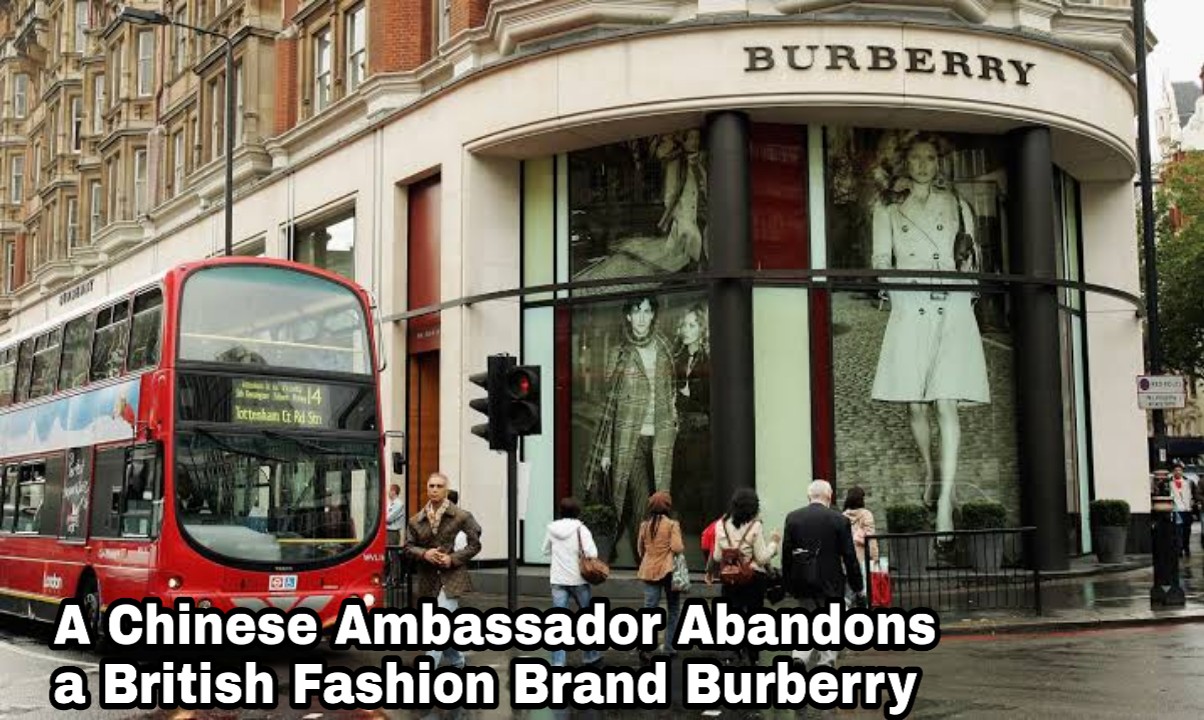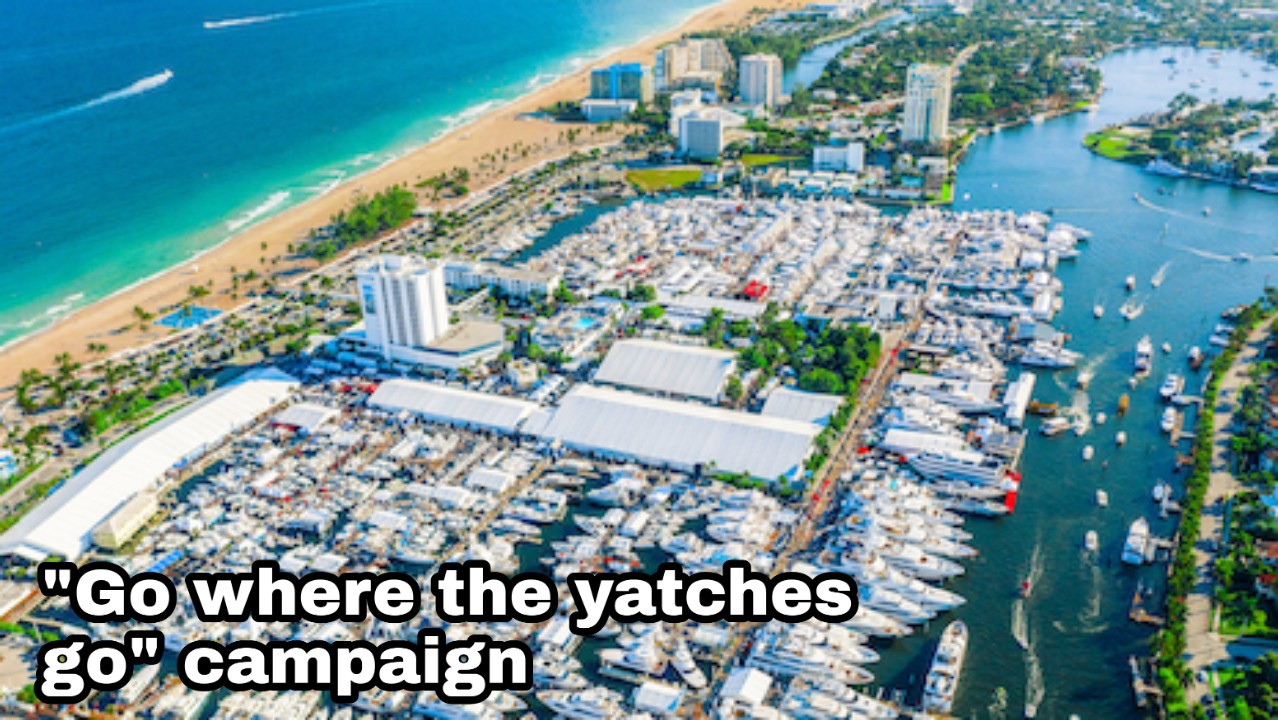Champagne The most exquisite Sparking wine
Winston Churchill once said during World War I, “Remember gentlemen, it’s not France we are fighting for, it’s Champagne.” Such is the legacy of this drink, the heritage alcohol from French. Champagne is the standard name for sparkling wine produced in a specific area of French that goes by the same name.
Champagne area of French was the first to produce sparkling wine. This wine is produce from grapes grown only in this region of French. The primary areas producing these grapes are Pinot Noir, Pinot Meunier and Chardonnay. The climatic condition and the type of soil of these areas provide a specific taste in grapes cultivated in there. In fact, there are plots legally designated for cultivating grapes for champagne. This makes the drink specific to its taste. Sparkling wine is produced all over the globe, but only those sparkling wine produce this area of French is known as Champagne.
The traditional method of champagne production is termed Methode Champenoise. The drink is produced after two fermentations. The customization is done in the second fermentation where yeast, rock sugar and special recipes are mixed with the alcohol. The process of production takes a minimum of one and half years, but champagne matured for at least three years are the best. However, older the drink does not mean it would be better. Ageing is not the factor for this drink.
Bottling of champagne follows a standard process known as “remuage”. This translates as ‘riddling’ in English. The process is followed to settle the fermented lees in the neck of the bottle. The bottles are chilled then the neck is frozen, and then the cap is removed. As the ice containing lees is forced out from the bottle, it is corked. This maintains the carbon di-oxide in the solution.
The delicate nature of champagne calls for some specifics while storing them. There is a popular believe associated with win that older is better. However, a bottle of champagne is released into the market when they are perfect to drink. They come as vintage and non-vintage types depending on if the production year is mentioned on the bottle. In non-vintage, which is more popular as a modern type, production year is mentioned in the label. This means, such bottles are best to consume right after buying. However, it is not odd to buy them and store in a vintage, well maintained and temperature-controlled cellar.
Champagne bottles are stored horizontally or standing out of direct light. The temperature should be 12-18 degree centigrade. However, for long-term storage, temperature is maintained at 9 to 11 degrees. Don’t store small or half bottles as they deteriorate faster due to high liquid to gas ratio. To store, magnum sized bottles are the best. They are larger than standard sized bottles and has perfect liquid to gas ratio.
As every alcoholic drink is associated with some health benefits, champagne helps to prevent memory loss. It also helps to cure disorders like dementia. It contains phenolic compounds that helps prion like protein responsible for our memory. Champagne helps to slow the process of degradation of memory related protein.
There are several facts related to Champagne making it a special drink apart from its delicate nature of production. Above all, the geographic condition attached to this wine is the highest attribute adding to its specialties.

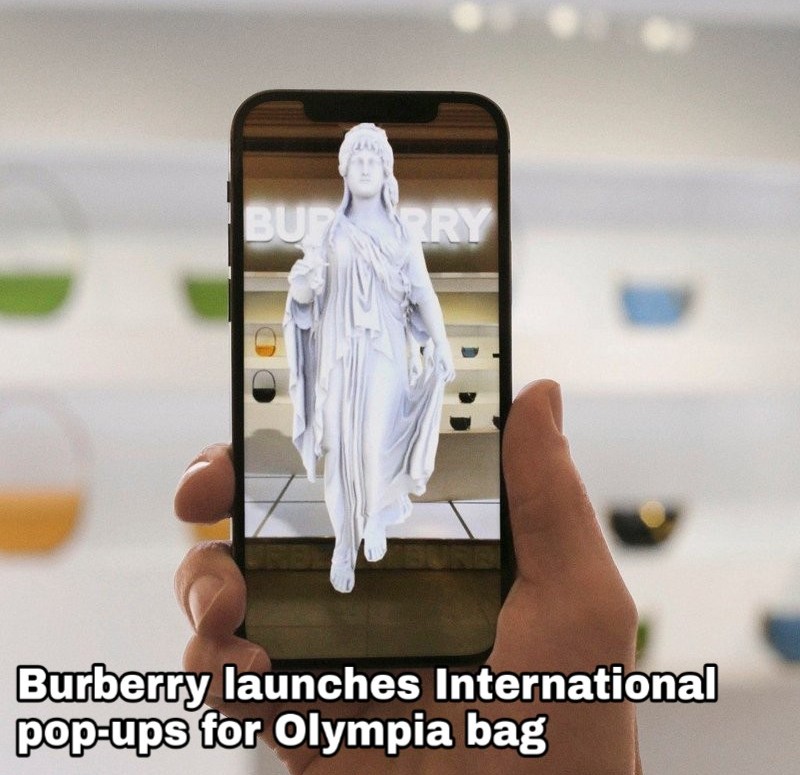
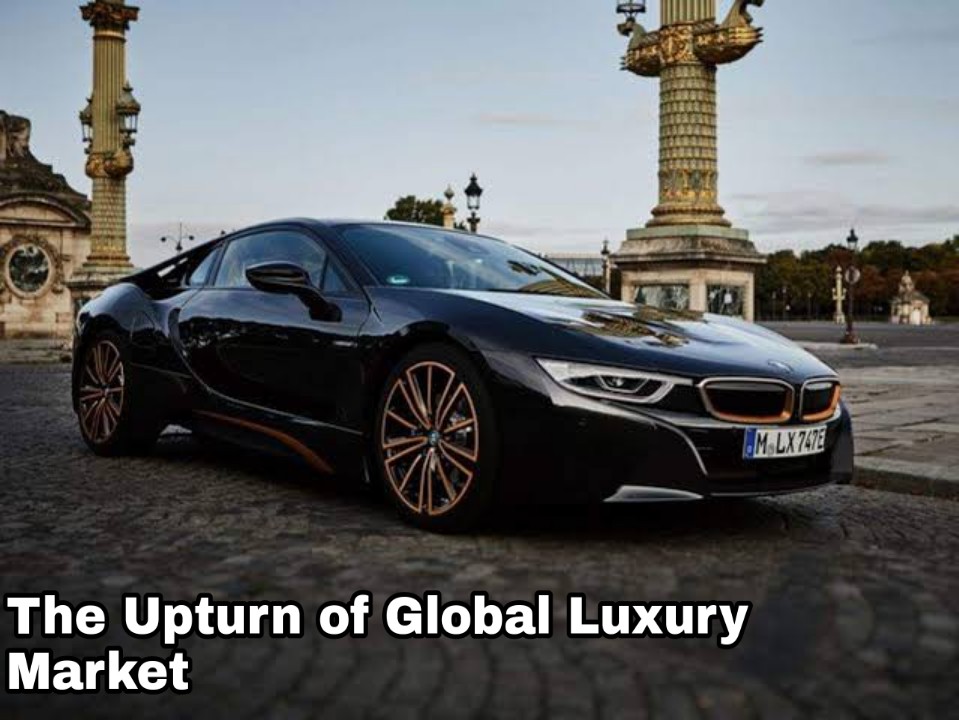
.jpg)
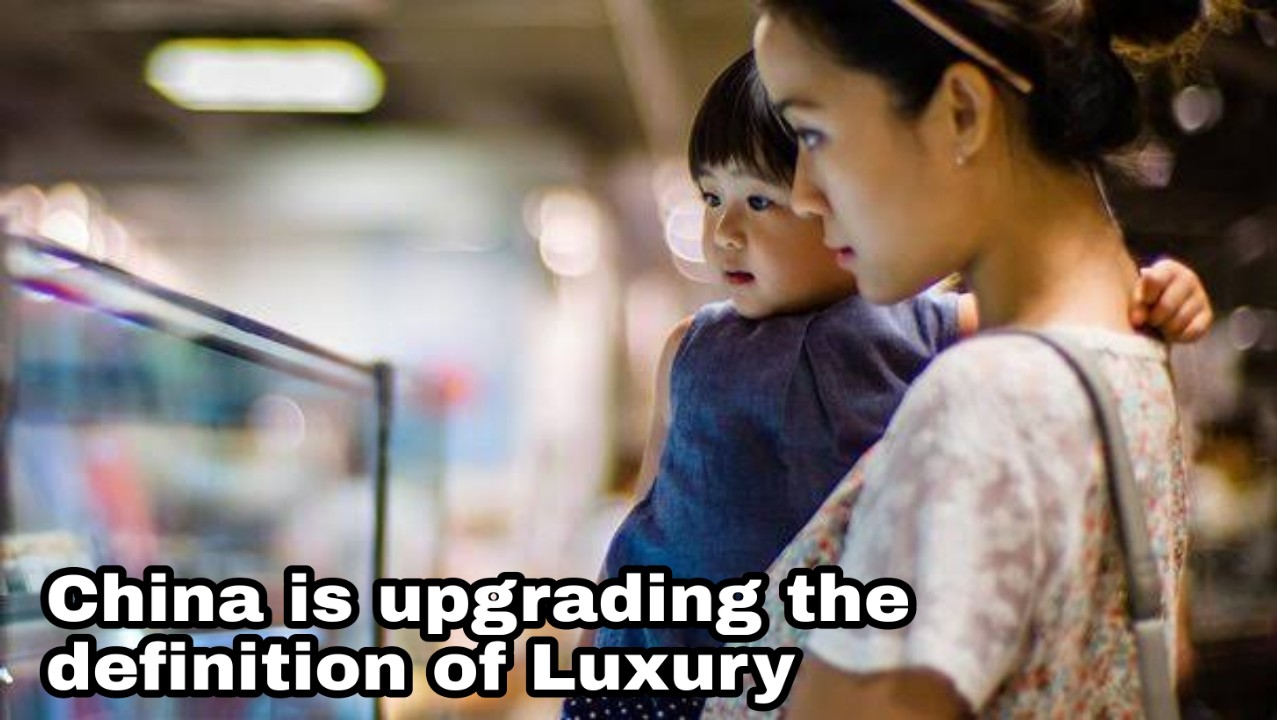
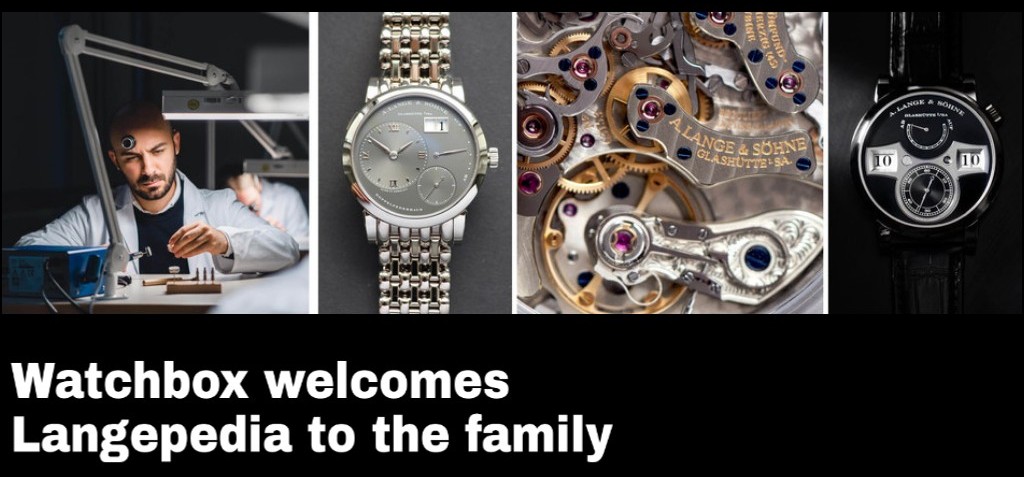
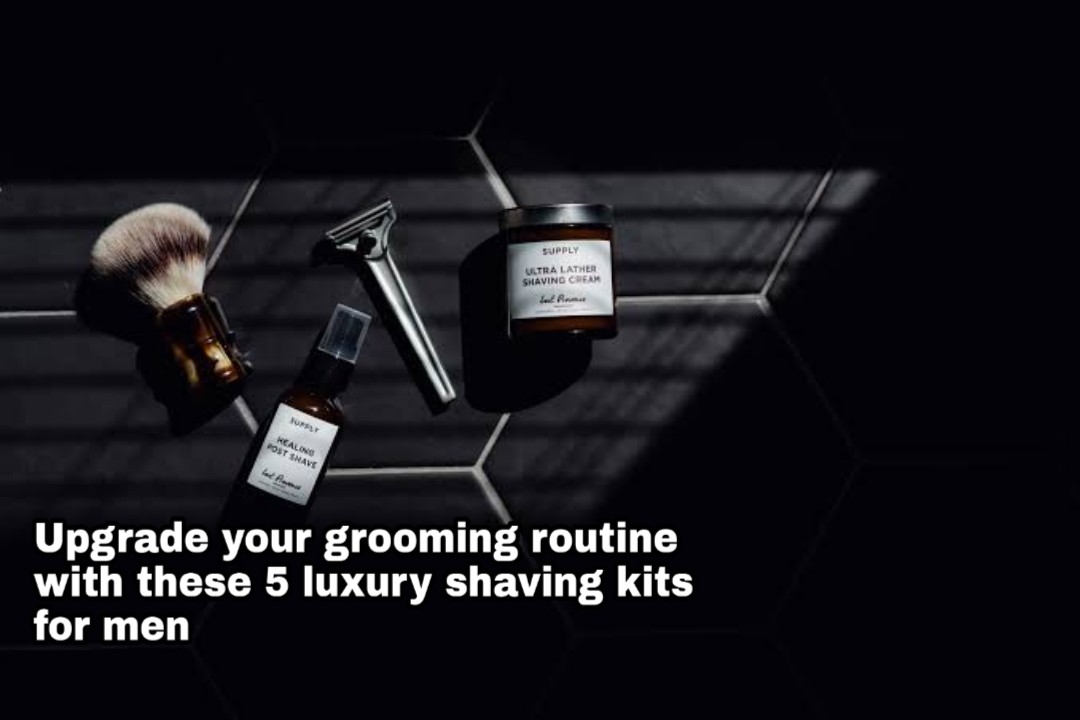
.jpg)
